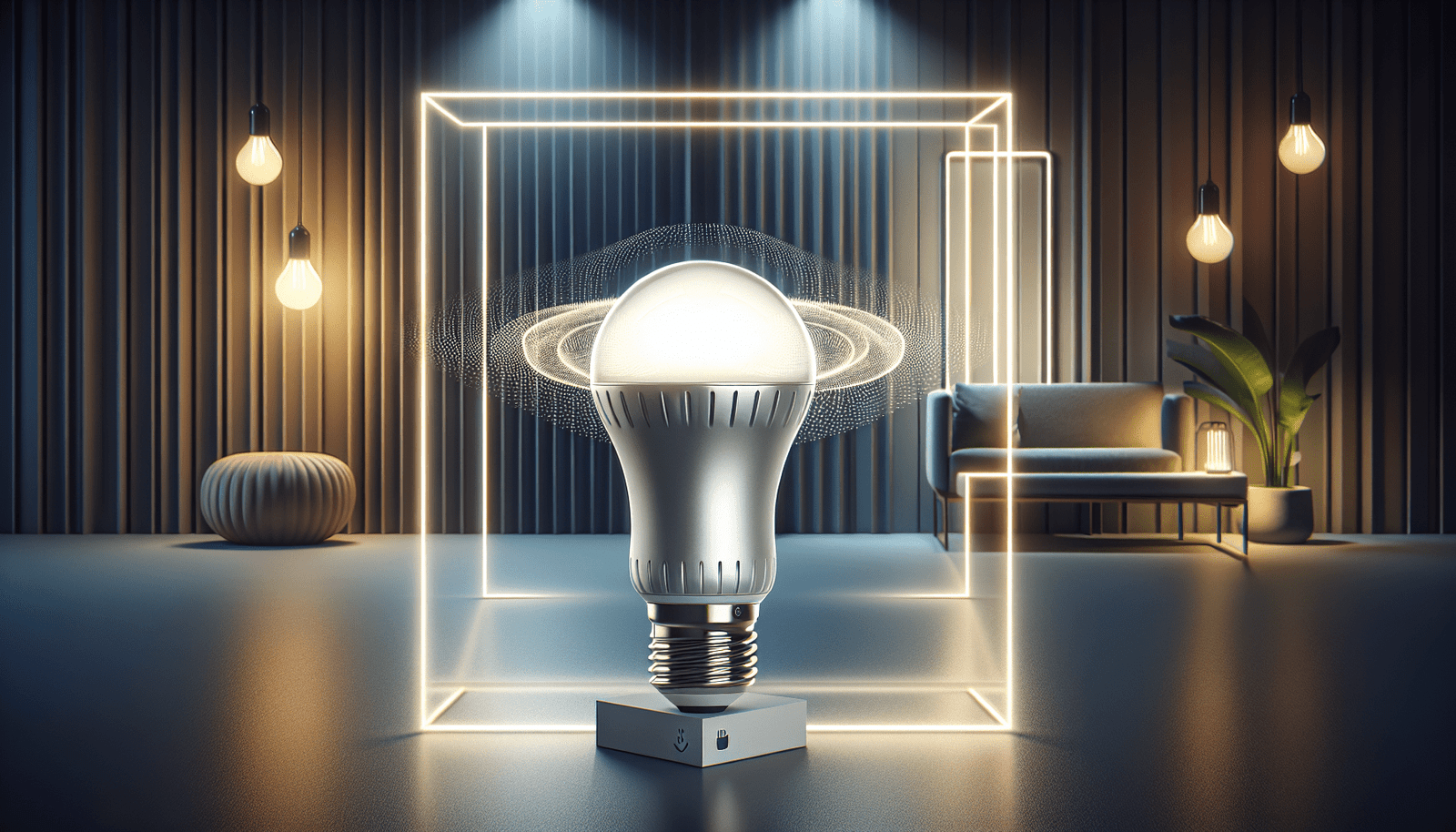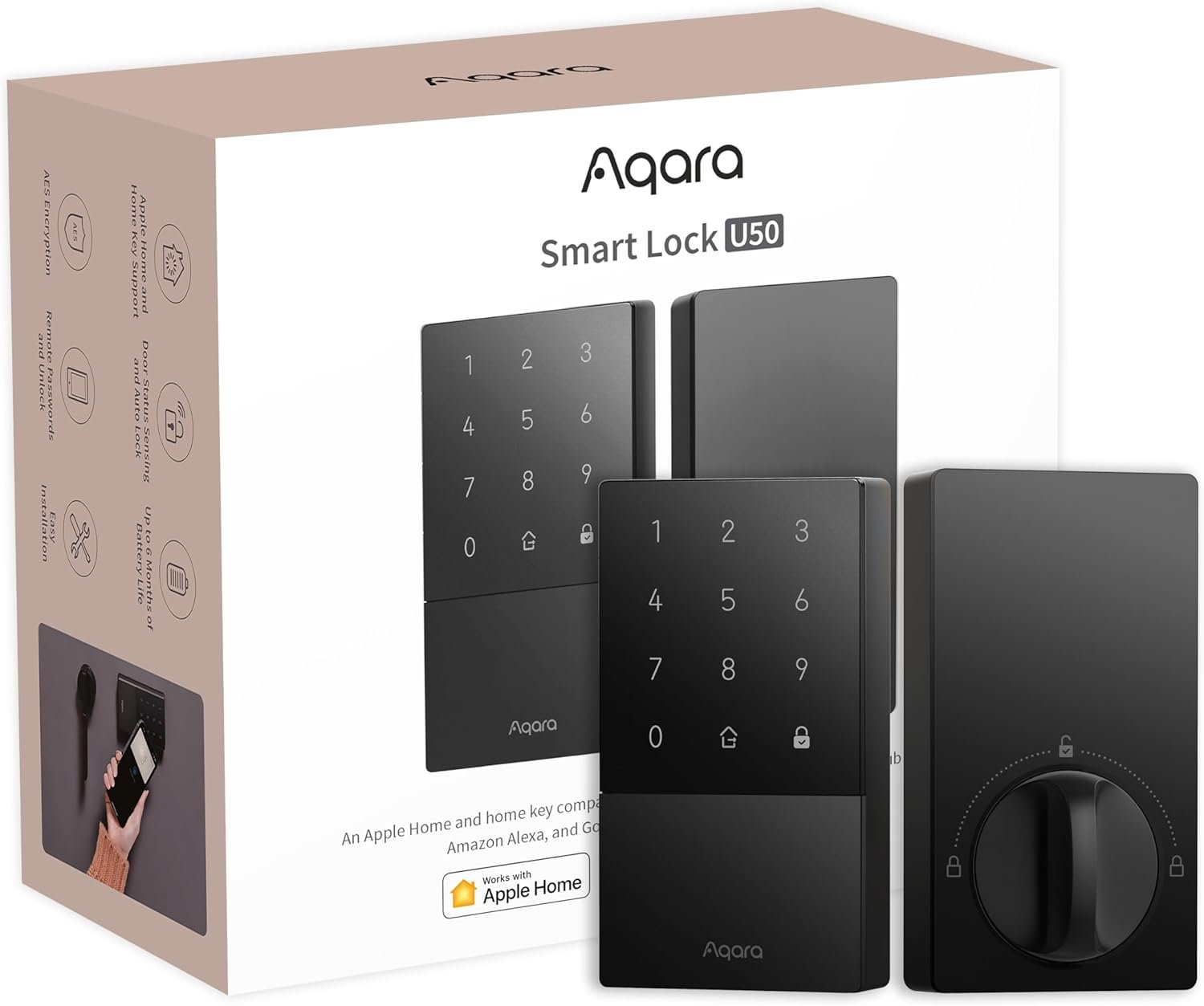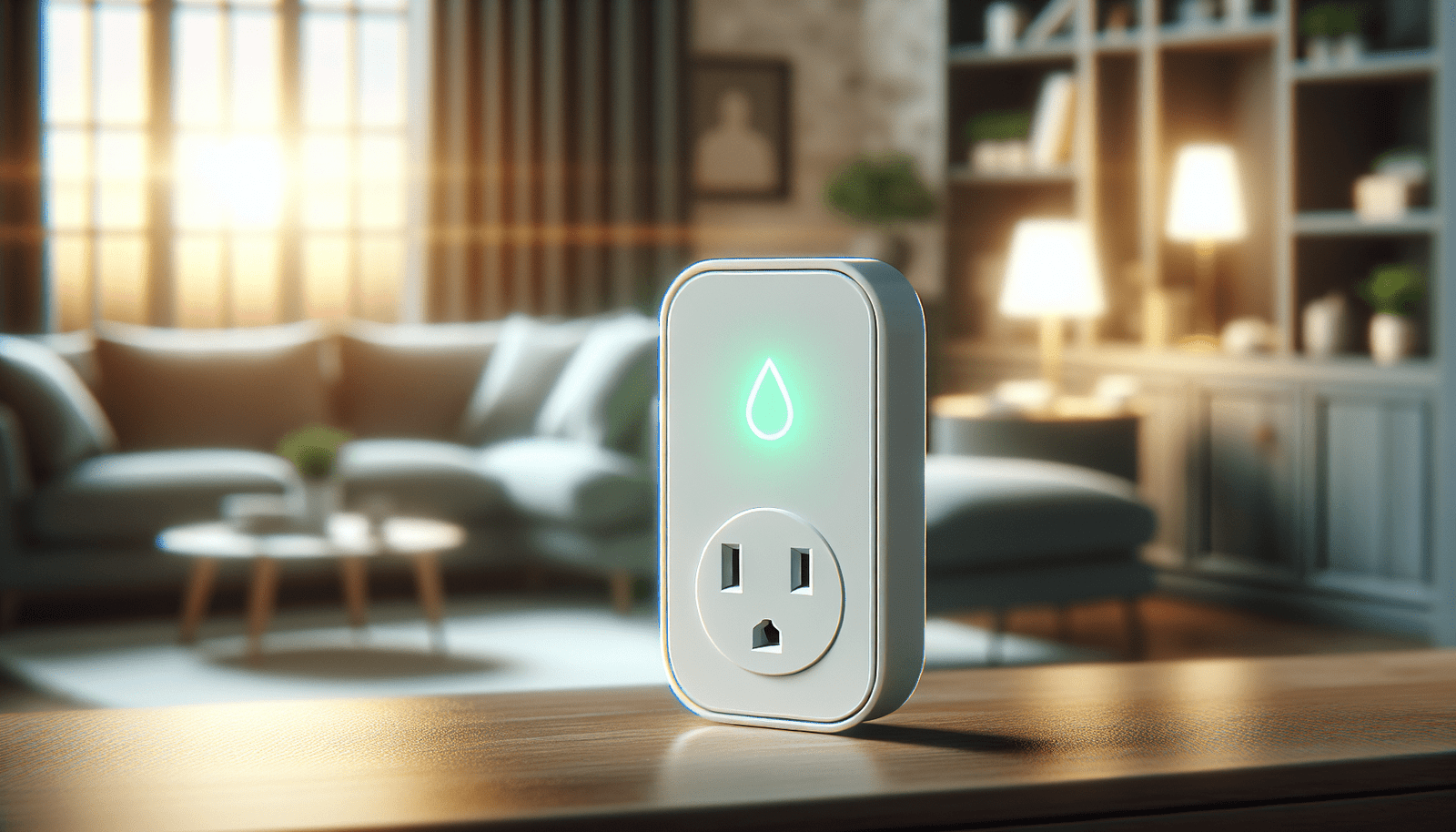Have you ever wondered if transitioning to smart lighting is a worthwhile investment for your home or rental property? With the rise of smart home technology, homeowners, renters, and tech enthusiasts alike are increasingly interested in how smart light bulbs could enhance their living experience. Whether driven by the allure of convenience, energy efficiency, or the desire to integrate with modern home automation systems, many are considering making the switch to smart lighting solutions.
Understanding How Smart Light Bulbs Work
Smart lighting is a significant step forward from traditional bulb technology. At their core, smart bulbs are designed to work with various connectivity methods such as Wi-Fi, Bluetooth, or Zigbee, allowing them to be controlled remotely via smartphones, tablets, or voice-activated assistants.
Connectivity Options
- Wi-Fi: Typically offers substantial range, making it ideal for large homes. However, tends to consume more power.
- Bluetooth: Great for those worried about security or bandwidth but limited by a shorter range.
- Zigbee: Operates on low energy and requires a hub, but delivers reliable performance.
Key Features
Smart bulbs generally offer features such as dimming capabilities, scheduling, and custom color options, which transform simple lighting solutions into dynamic elements of home decor and utility. Through associated apps or systems, you can schedule lights to turn on or off at specific times, adjust brightness levels dependent on personal preferences or moods, and even change colors to suit specific occasions or needs.
Installation and Compatibility
Before diving into the world of smart lighting, it’s important to understand the installation process and compatibility considerations of smart bulbs. This will ensure a smooth transition and functionality within existing setups.
Installation Guide
Smart light bulbs are designed to be user-friendly, making the installation process straightforward for most applications. They can be screwed into existing light fittings just like traditional bulbs.
Compatibility Considerations
When considering compatibility, it’s essential to check if smart bulbs require additional hubs or specific fixtures. Many smart bulbs can connect directly to Wi-Fi, but others, especially those using Zigbee, might necessitate a hub for full functionality. Knowing this beforehand prevents any surprise purchases post-installation.
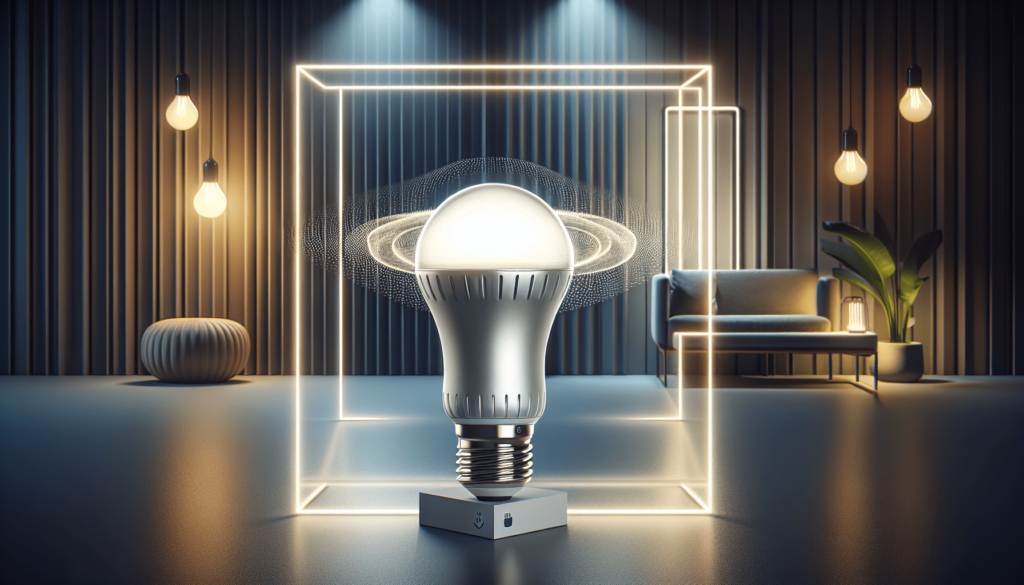

Energy Efficiency and Cost Analysis
One primary consideration for many consumers is whether smart lighting actually leads to energy savings or reduced electricity costs.
Power Consumption
Smart bulbs are typically LED-based, which makes them more energy-efficient than traditional incandescent bulbs. While they might have a higher upfront cost, their longevity and lower energy use can offset initial investments over time.
Potential Energy Savings
In terms of day-to-day usage, smart bulbs contribute to energy savings through automation capabilities such as scheduled shutoffs and adaptive brightness controls that reduce wasteful energy consumption.
Cost Comparison Table
| Feature | Smart Bulbs | Traditional Bulbs |
|---|---|---|
| Initial Cost | Higher | Lower |
| Lifespan | 15,000-25,000 hours | 750-2,000 hours |
| Energy Consumption | 7-10 watts | 40-100 watts |
| Energy Cost | Lower in long run | Higher consistently |
Automation and Integration
One of the standout features of smart lighting is its potential for seamless automation and integration with existing smart home systems.
Remote Control
Smart bulbs allow remote control via various smart device applications. Whether you are at home or away, smart lighting can be managed effortlessly to enhance convenience and security.
Integration with Voice Assistants
Smart lights are often compatible with popular voice-assisted systems like Amazon Alexa, Google Assistant, and Apple HomeKit. This allows users to control lighting scenarios using voice commands, adding a futuristic touch to everyday activities.
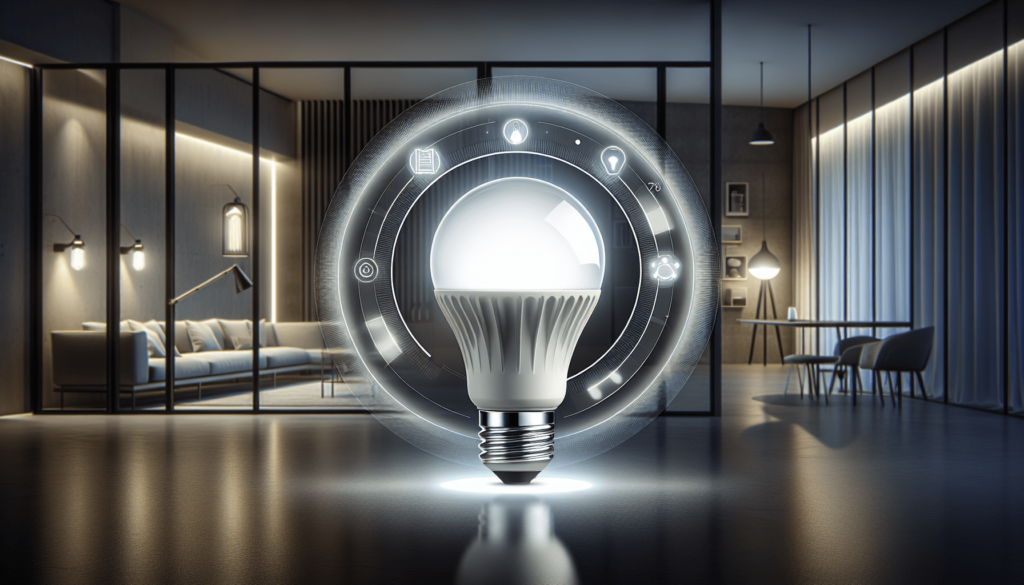
Drawbacks and Limitations
Despite their advantages, smart light bulbs are not without their drawbacks and limitations.
Common Challenges
- Wi-Fi Dependence: Smart bulbs reliant on Wi-Fi connections may experience lag or disruption if the network has issues.
- Security Risks: Any smart device poses potential security risks, which requires attention to secure network protocols.
- Power Consumption in Off Mode: A small amount of power is still consumed when smart bulbs are in standby mode, though negligible.
Troubleshooting and Best Practices
Ensuring smooth operation of smart lighting systems requires knowledge of troubleshooting common issues and adopting best practices.
Connectivity Issues
If connectivity issues arise, it’s often due to network interference or range limitations. Ensure the smart bulb is within the recommended distance from the router or hub and consider using signal boosters if necessary.
Recognition Problems
In situations where smart bulbs are not recognized by smart home systems or applications, checking for firmware updates or resetting the bulb often resolve the issues.
Smart Lighting Ecosystems
Understanding how smart bulbs interact within larger ecosystems such as smart switches, dimmers, and hubs is crucial to maximizing their potential.
Seamless Interaction
Smart lighting isn’t limited to bulbs alone. Many systems offer compatibility with smart switches and dimmers, providing more comprehensive control over home lighting scenarios.
Outdoor and Specialty Uses
Smart lighting isn’t confined to just indoor spaces. It extends its functionality and utility outdoors as well.
Outdoor Lighting Solutions
With weather-resistant smart bulbs available in the market, setting up outdoor lighting for security or ambiance becomes achievable, even in varying weather conditions.
Specialty Applications
Smart lighting can also have specialty applications like security lighting, where it can be triggered by motion sensors or set to repeat patterns mimicking normal household activity as a deterrent for intruders.
Future Trends in Smart Lighting Technology
The evolution of smart lighting technology suggests exciting possibilities on the horizon.
Emerging Technologies
Future trends indicate that smart bulbs will increasingly include capabilities like energy monitoring, AI-driven adaptive lighting systems, and enhanced integration with other smart home systems. These innovations promise to make smart lighting even more intuitive and cost-effective.
Consumer Implications
For consumers, staying updated on these trends can yield significant benefits, from energy savings to improved quality of life through cutting-edge home automation solutions.
In conclusion, smart light bulbs offer a multitude of benefits ranging from convenience and customization to energy efficiency and enhanced security. While there are considerations such as upfront costs and network dependencies to keep in mind, their long-term value often justifies the investment. As technology progresses, the gap between smart lighting options and traditional bulbs will continue to widen, making smart lighting a compelling choice for modern households.

Disclosure: As an Amazon Associate, I earn from qualifying purchases.
